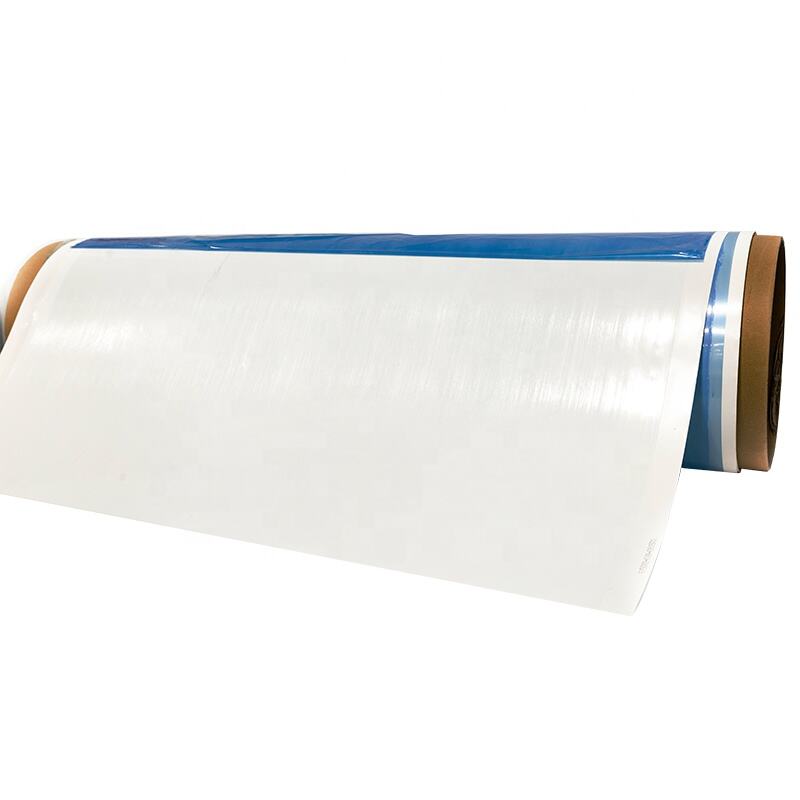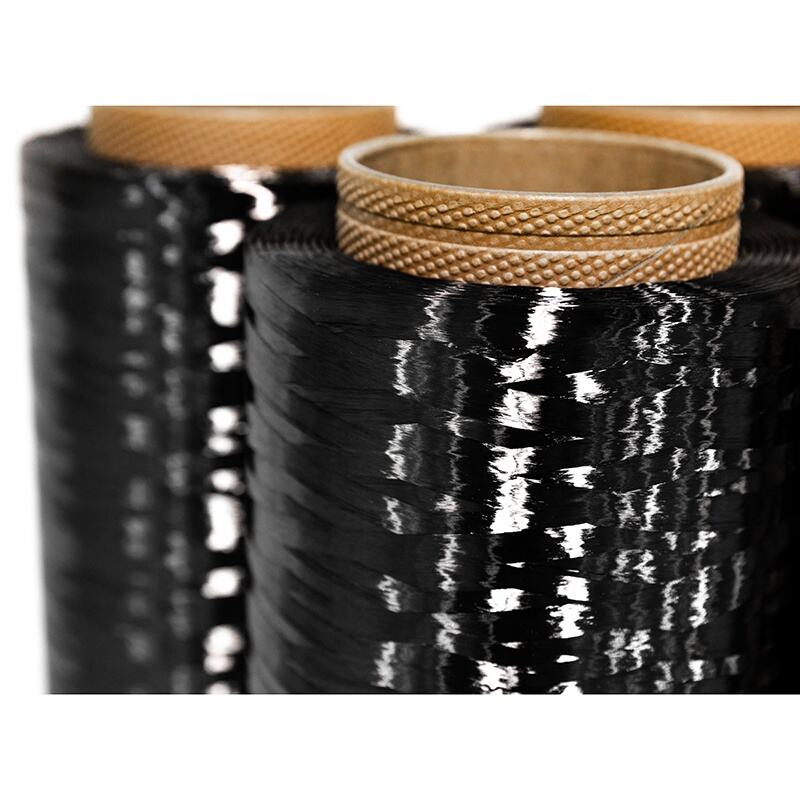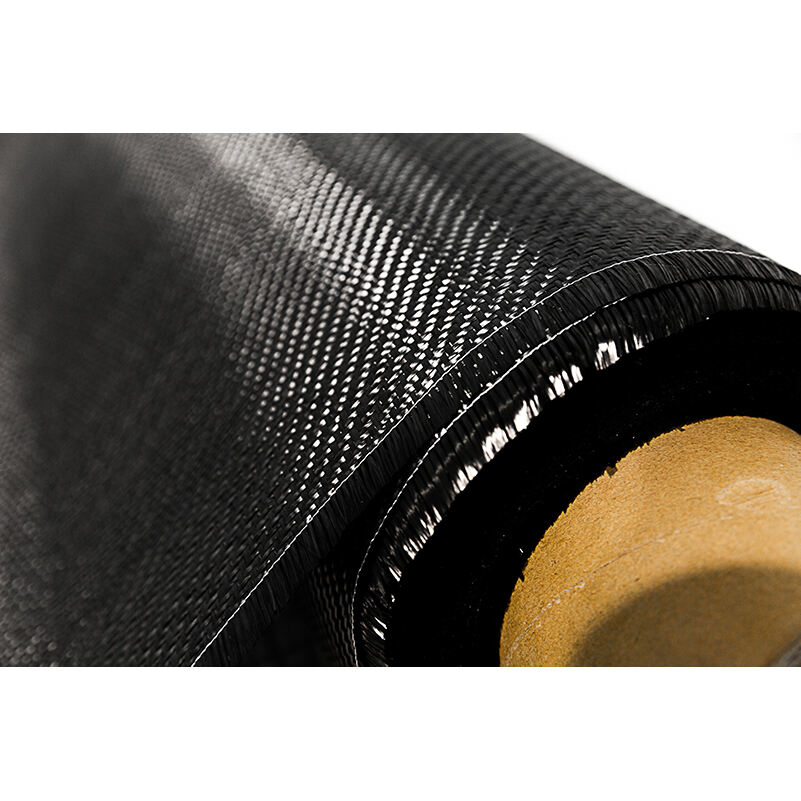aircraft carbon fiber
Aircraft carbon fiber represents a revolutionary material in modern aviation manufacturing, combining exceptional strength with remarkably low weight. This advanced composite material consists of carbon atoms bonded together in crystals, microscopically aligned parallel to form fibers that are five to ten micrometers in diameter. When incorporated into aircraft structures, these fibers are typically embedded in an epoxy resin matrix, creating a material that outperforms traditional aerospace metals in numerous aspects. The resulting composite offers superior fatigue resistance, excellent strength to weight ratio, and exceptional durability in harsh environmental conditions. Aircraft carbon fiber finds extensive applications across various aircraft components, including fuselage sections, wing structures, control surfaces, and interior elements. Modern commercial aircraft like the Boeing 787 Dreamliner and Airbus A350 XWB utilize carbon fiber composites for up to 50% of their total structure, demonstrating the material's crucial role in contemporary aviation. The implementation of carbon fiber in aircraft design has revolutionized fuel efficiency, maintenance schedules, and overall aircraft performance, making it an indispensable material in modern aerospace engineering.


